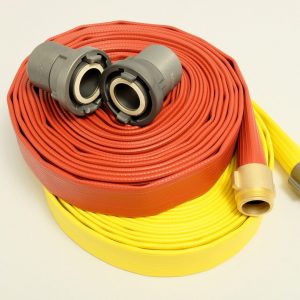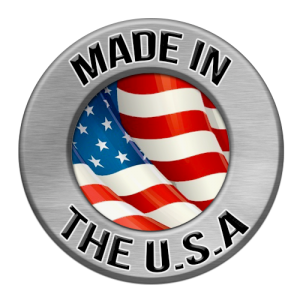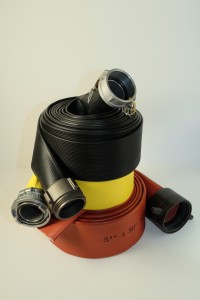 Rubber-Covered Fire Hose
Rubber-Covered Fire Hose
Manufactured to meet or exceed NFPA standard 1961, Tuf-Hide rubber-covered fire hose is designed for extended service and built to resist ozone, oxidation and most chemical/petroleum products.
Virtually maintenance free, rubber fire hosewhich includes LDH supplycomes standard in high-visibility yellow and red. Custom colors are available upon request, as well as shorter, pony lengths. Available diameters include: 1, 1.5, 1.75, 2, 2.5, 3, 4, 5, and 6 inches.
Choose a rubber-covered fire hose category or product below to learn more.
-
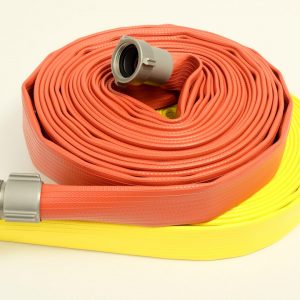
1-1/2″ Rubber Covered Fire Hose (500 LB Test)
$195.00 – $466.00 -

1-1/2″ Rubber Covered Fire Hose (600 LB Test)
$215.00 – $506.00 -

1-3/4″ Rubber Covered Fire Hose (600 LB Test)
$229.00 – $512.50 -
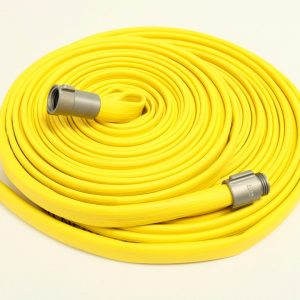
1″ Rubber Covered Fire Hose (600 LB Test)
$165.00 – $370.00 -

2-1/2″ Rubber Covered Fire Hose (500 LB Test)
$295.00 – $755.00 -

2-1/2″ Rubber Covered Fire Hose (600 LB Test)
$337.00 – $839.00 -

2″ Rubber Covered Fire Hose (500 LB Test)
$229.00 – $530.00 -

3″ Rubber Covered Fire Hose (500 LB Test)
$341.00 – $804.00 -
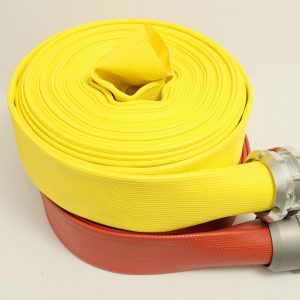
4″ Rubber Covered Fire Hose (500 LB Test)
$401.00 – $1,019.00 -
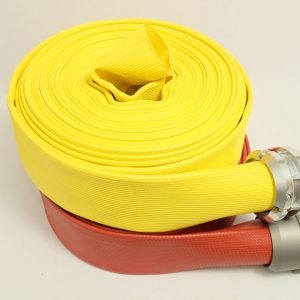
5″ Rubber Covered Fire Hose (450 LB Test)
$495.00 – $1,310.00 -
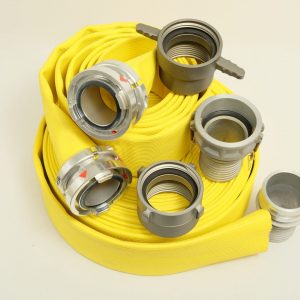
6″ Rubber Covered Fire Hose (450 LB Test)
$980.00 – $2,485.00
